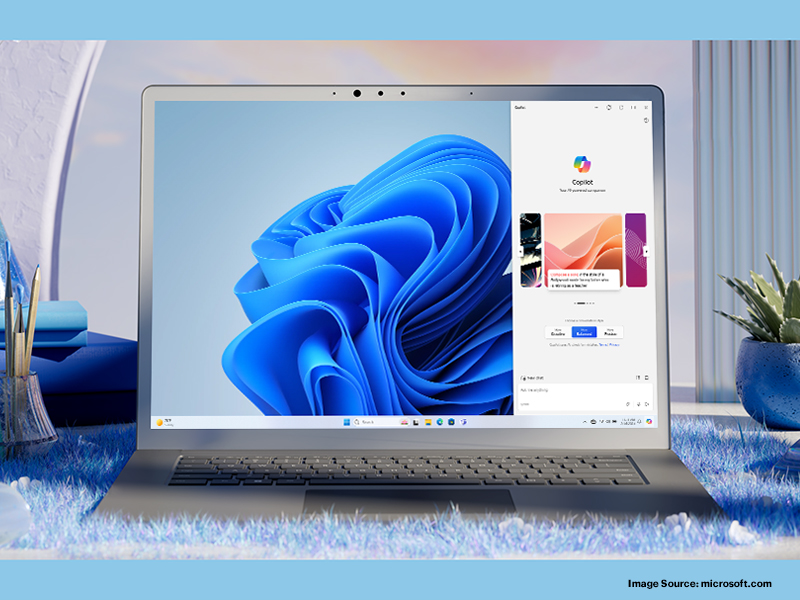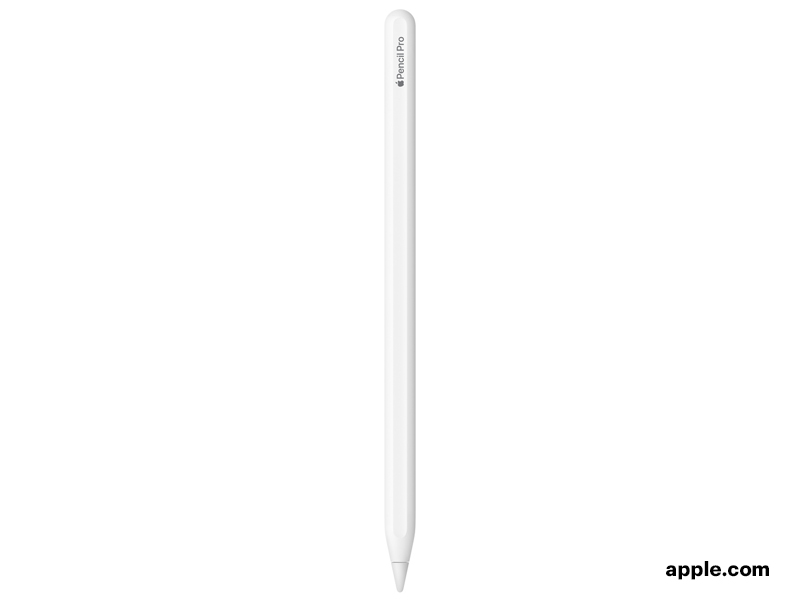Gearing Up for AI: Microsoft Mandates Copilot Button on All AI Laptops

Tech news
What are AI Laptops and the Copilot Button?
The concept of AI laptops isn’t entirely new. These machines are typically equipped with more powerful processors and graphics cards to handle demanding tasks like video editing and machine learning. However, Microsoft’s definition of “AI PC” goes beyond hardware. It also includes software features like:
Dedicated Neural Processing Unit (NPU)
This chip is specifically designed for AI workloads, accelerating tasks like facial recognition and image processing.Integration with Microsoft Copilot
Copilot, launched in early 2024, is an AI assistant that provides users with context-aware search results, helps with creative tasks, and streamlines workflows. The Copilot button, a physical button on the keyboard, offers users a one-click way to access Copilot’s features. This signifies Microsoft’s vision for a future where AI seamlessly integrates into our daily computing tasks.Pros and Cons of the Copilot Button
Pros
Convenience
The Copilot button provides a quick and easy way to access Copilot’s features, potentially boosting productivity.Enhanced User Experience
For users unfamiliar with Copilot, the button serves as a gateway to explore its functionalities.Focus on AI Integration
Microsoft’s push for AI integration emphasizes their commitment to a future where AI empowers users.Cons:
Limited Customization
Some users may find the dedicated button unnecessary or prefer to access Copilot through existing keyboard shortcuts or voice commands.Potential for Button Clutter
Adding another button to an already crowded keyboard layout might be inconvenient for some users.Uncertain Impact
The true effectiveness of the Copilot button depends on the actual functionalities and user adoption of Copilot itself.The Rise of AI in Computing: What to Expect
Microsoft’s move is part of a larger trend – the increasing role of AI in personal computing. Here’s what we can expect:More AI-powered Features
We can expect to see more AI assistants like Copilot integrated into different aspects of the Windows 11 experience, from file management to photo editing.Focus on User Needs
AI assistants will likely become more context-aware, adapting their functionalities to individual user needs and preferences.Increased Automation
Repetitive tasks could become largely automated, freeing up user time and streamlining workflows.Copilot Button: A Stepping Stone or a Future Standard?
Only time will tell how effective the Copilot button will be in promoting Copilot usage. However, Microsoft’s move signifies a significant shift towards a more AI-centric computing experience. While some users might find the button helpful, others might prefer existing methods of accessing Copilot. The true test lies in the development of robust and valuable functionalities within Copilot itself. If Copilot proves to be a helpful and versatile AI assistant, the dedicated button might become a standard feature on future AI laptops.Future of Computing
Microsoft’s push for the Copilot button highlights the growing importance of AI in the future of computing. Whether this translates to a more efficient and user-friendly experience depends on the development of intuitive and valuable AI features. Users should be prepared for a future where AI plays a more prominent role in their daily computing experience. While some may resist this change, others might embrace the potential for increased productivity and streamlined workflows. Ultimately, the success of AI integration lies in creating tools that empower users and enhance the overall computing experience.Frequently Asked Questions?

01
Blockchain
Crypto Firms Seek Refuge & Opportunity in Hong Kong
May 9, 2024

01
Tech Gadgets
Apple Pencil Pro: A Game-Changer for Artists, Designers & Note-Takers
May 8, 2024

01
AR and VR
Snap Engages Users with New AR & ML Toolkit
May 7, 2024
01
Tech news
Gatherings Just Got Easier: WhatsApp Communities Now Have Built-In Event Planning
May 5, 2024
SUSBSCRIBE TO OUR NEWSLETTER
Join our subscribers list to get the latest news and special offers.
Crypto Firms Seek Refuge & Opportunity in Hong Kong
Apple Pencil Pro: A Game-Changer for Artists, Designers & Note-Takers
Snap Engages Users with New AR & ML Toolkit
Power Down to Power Up: How a Digital Detox Benefits You and the Planet